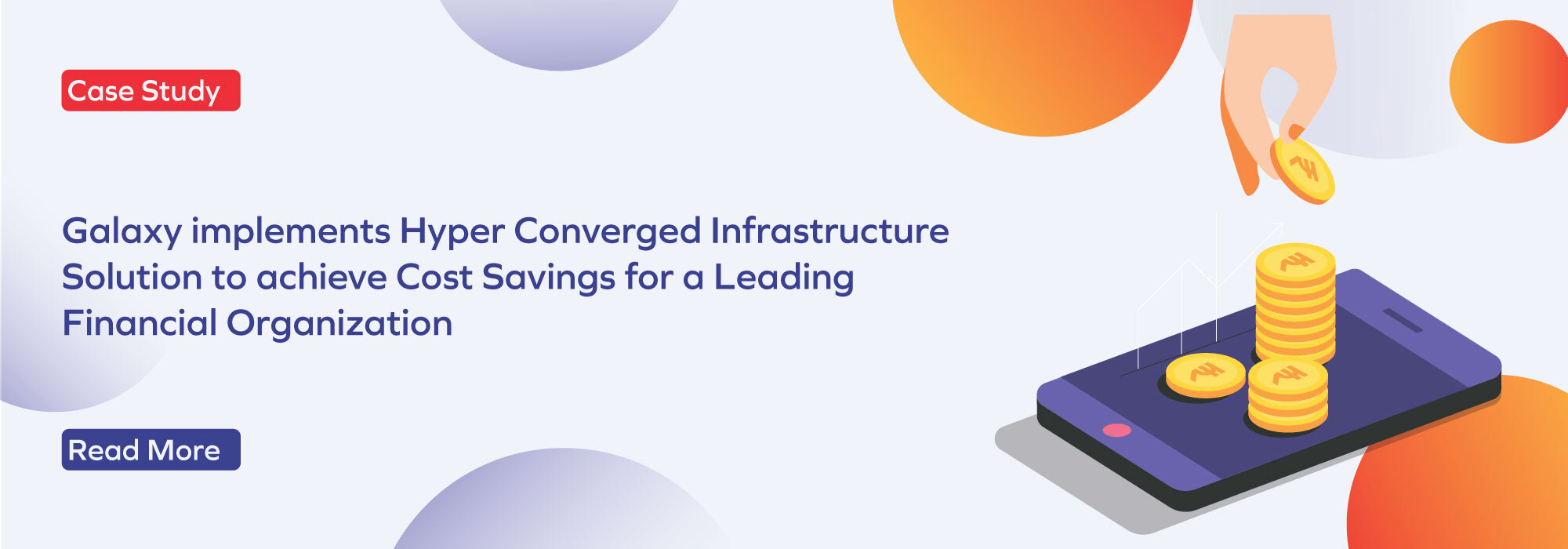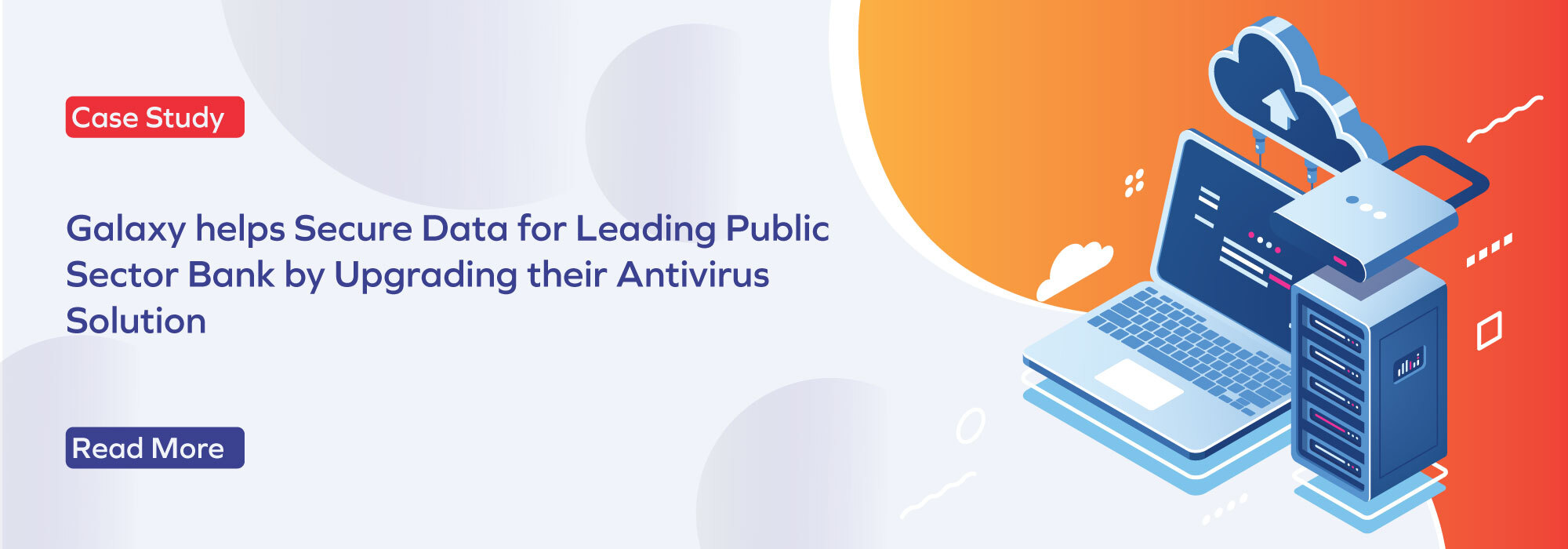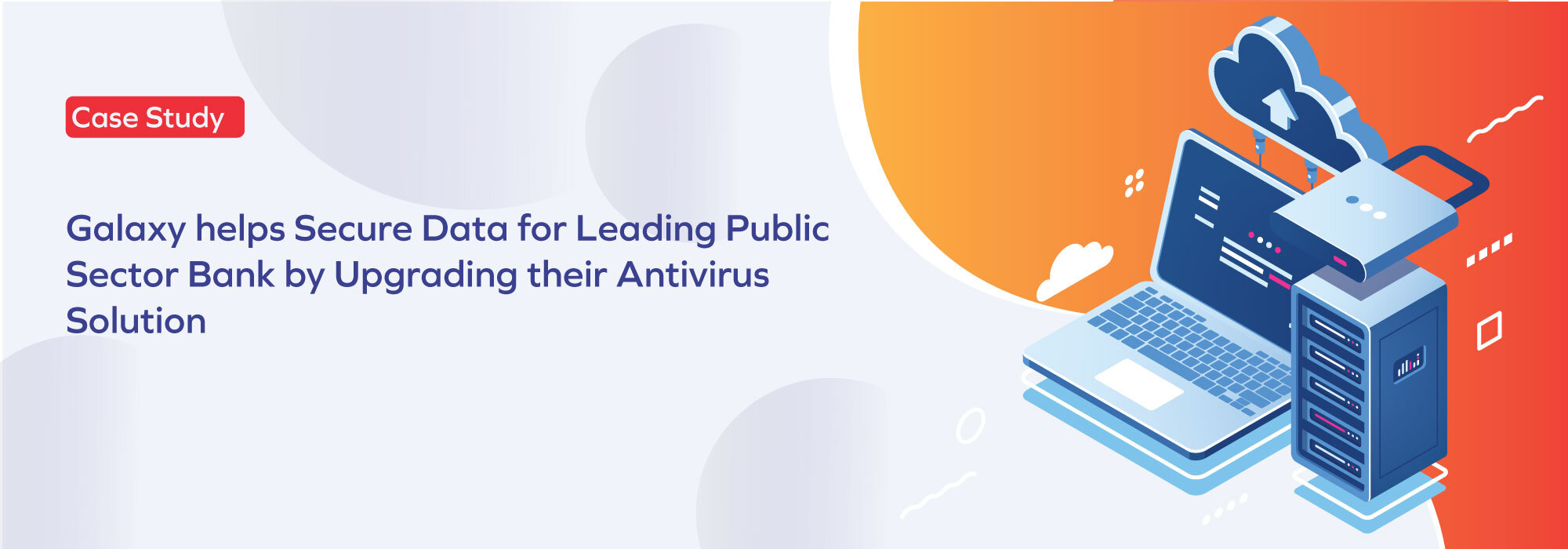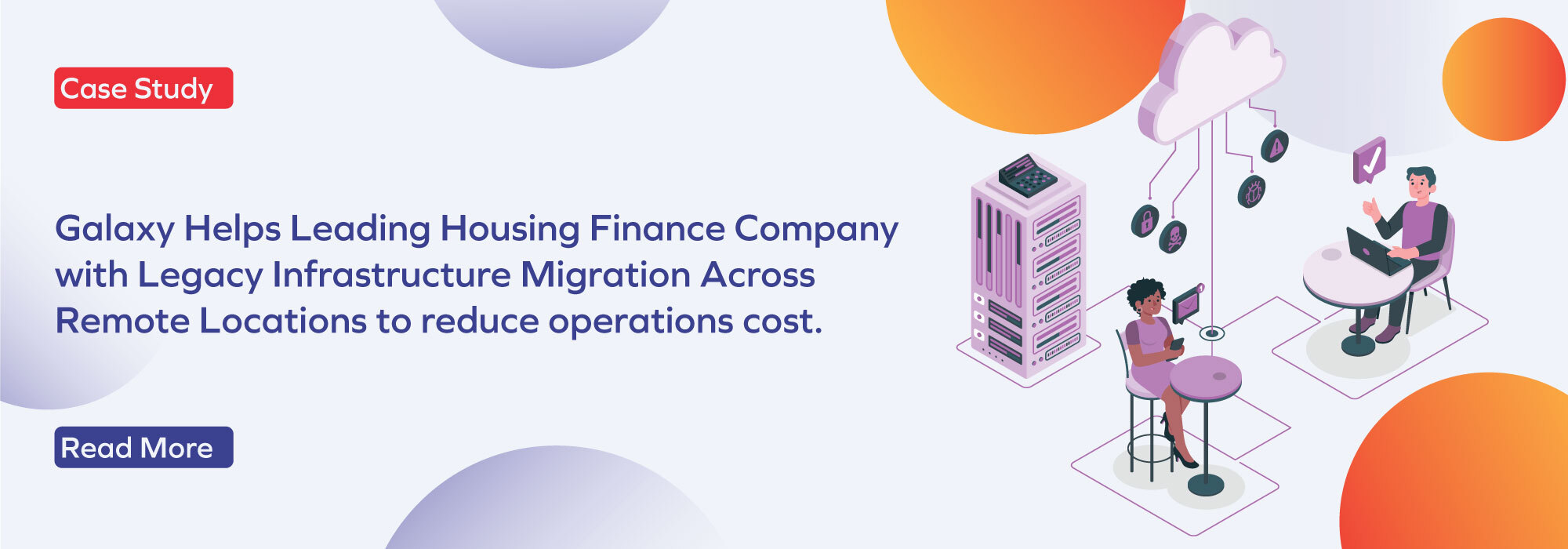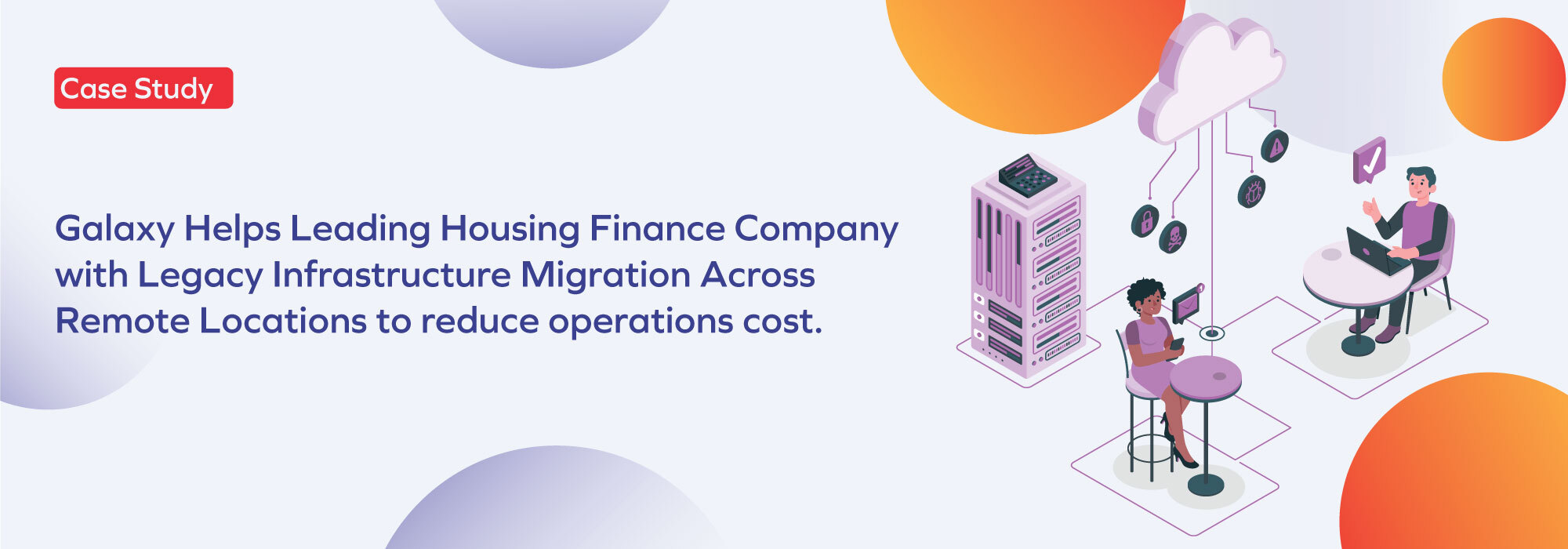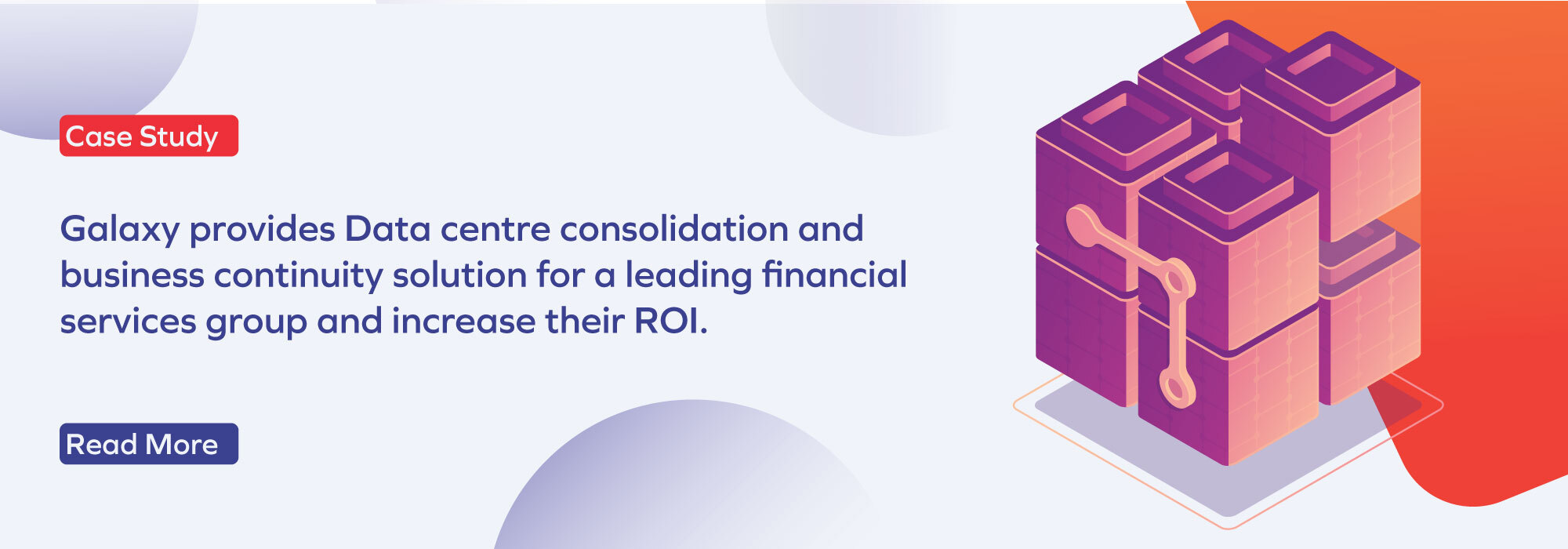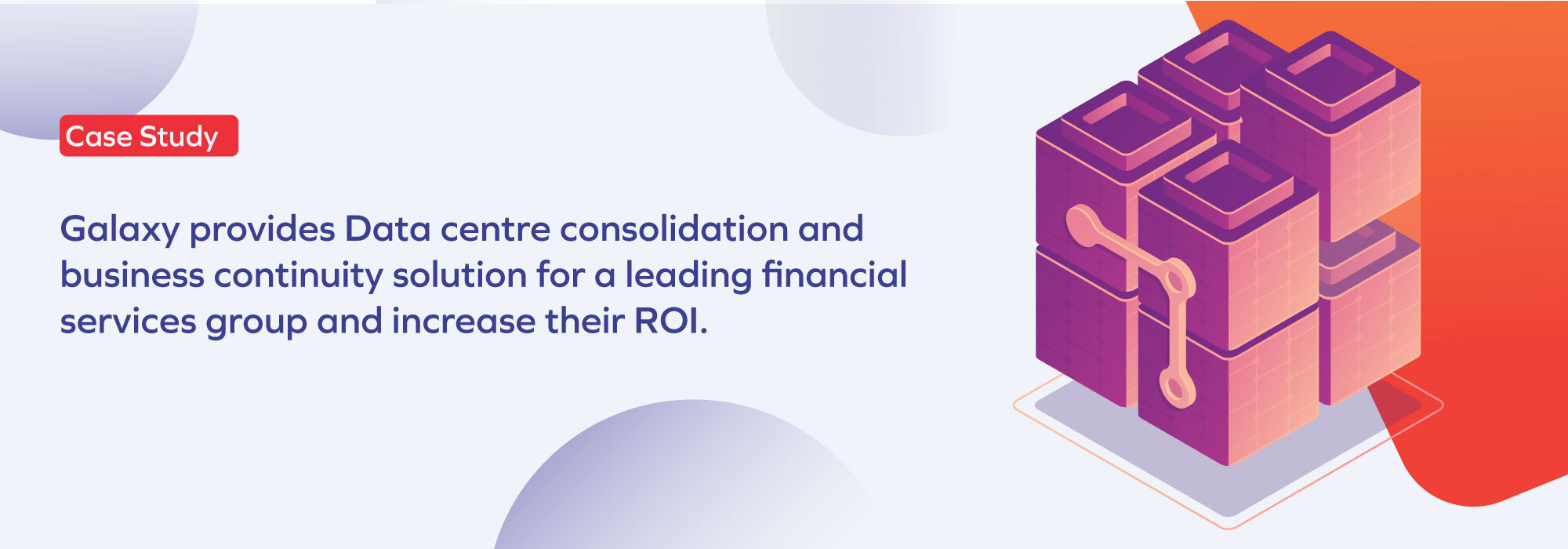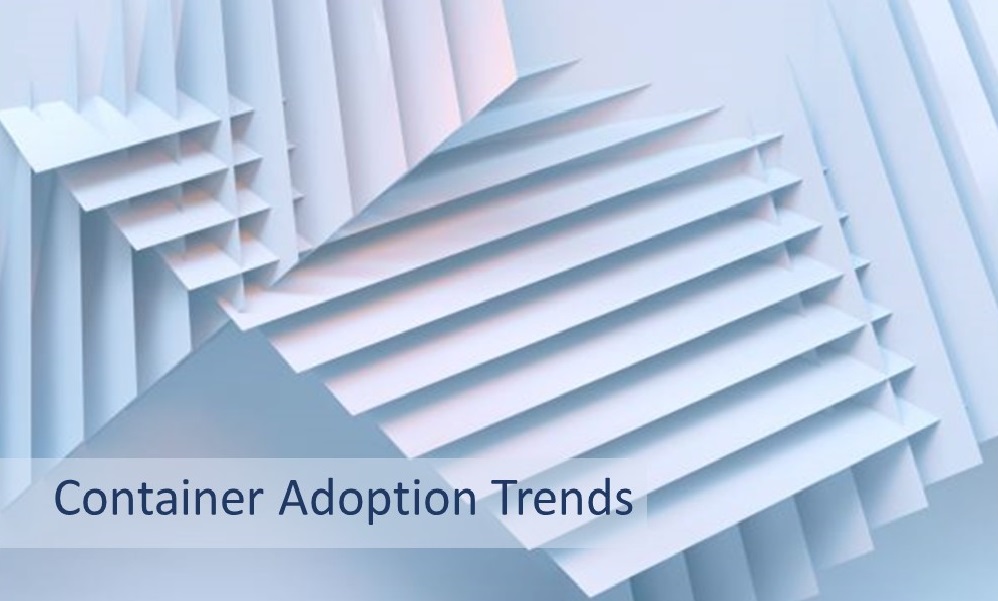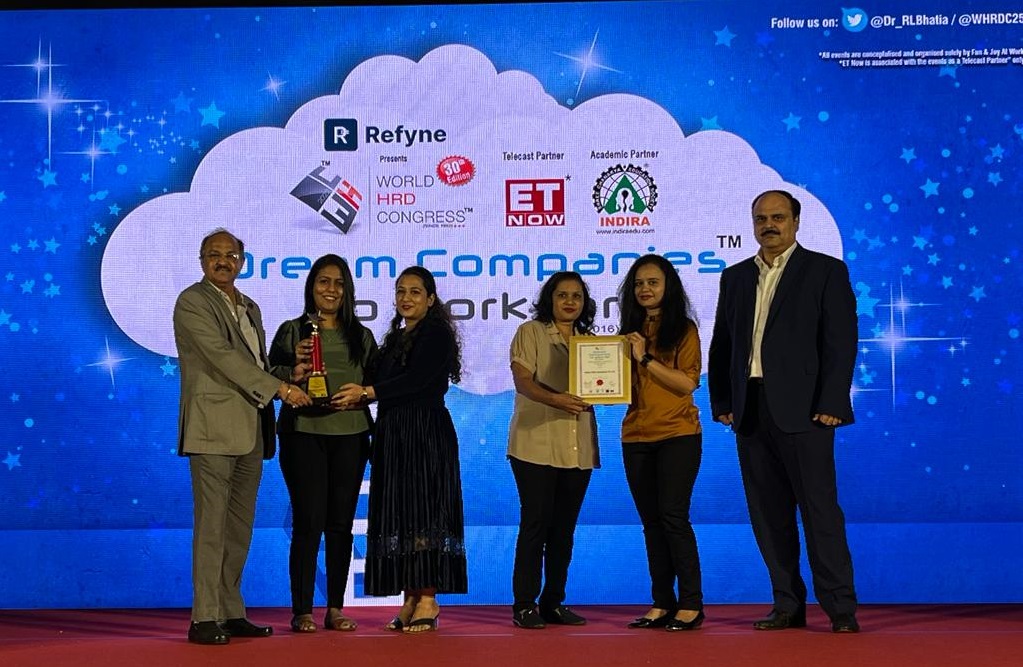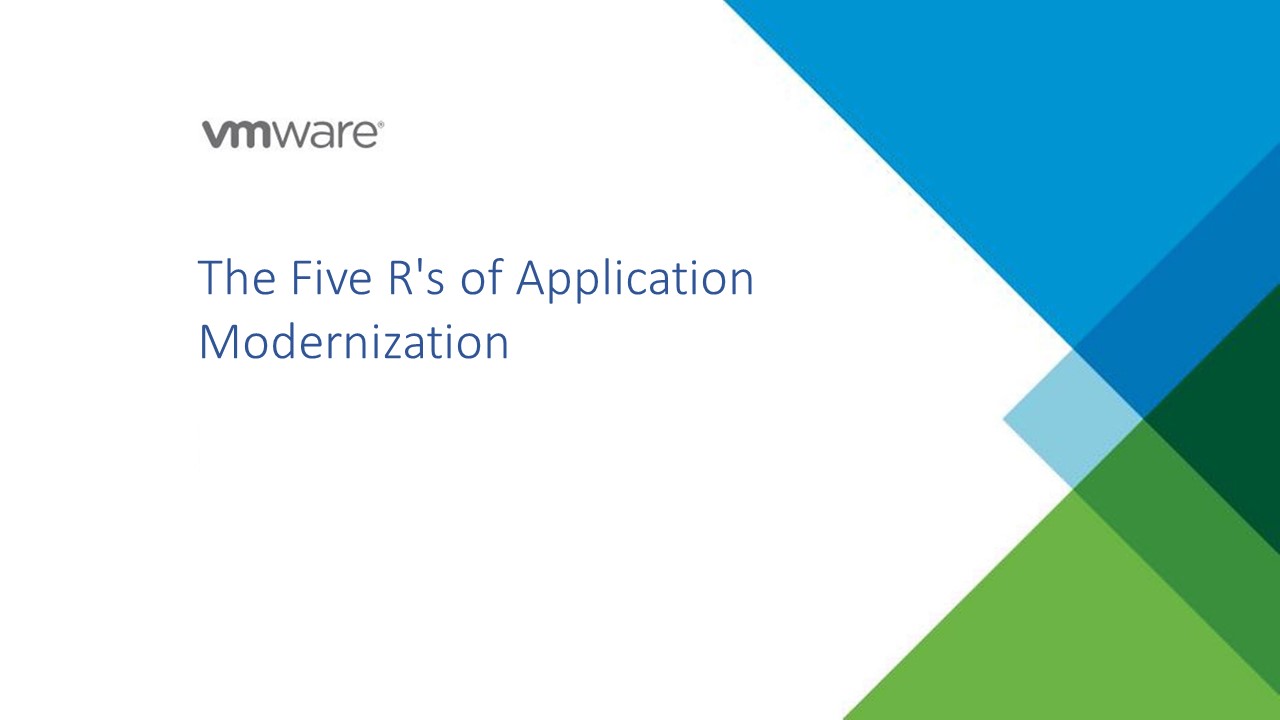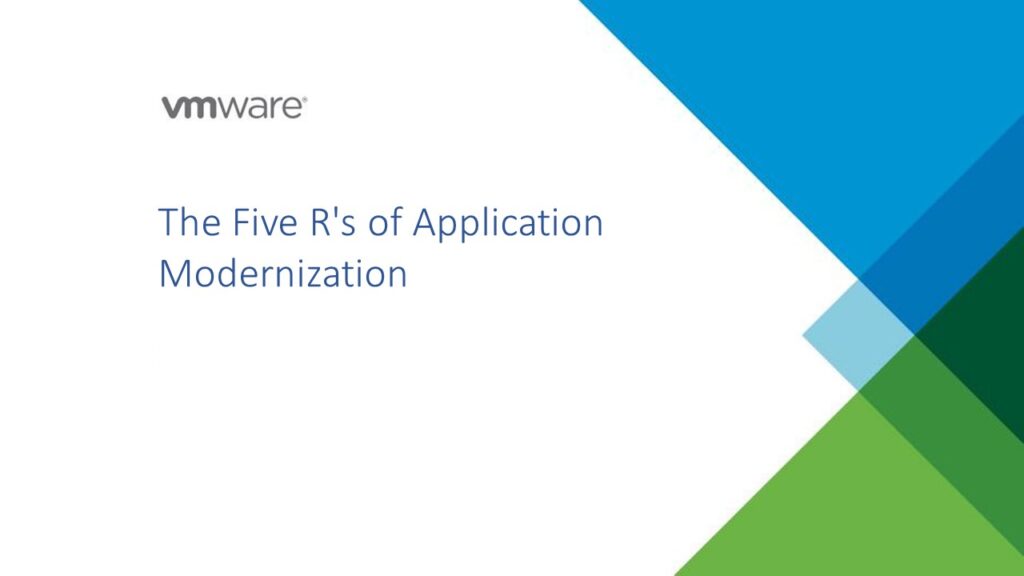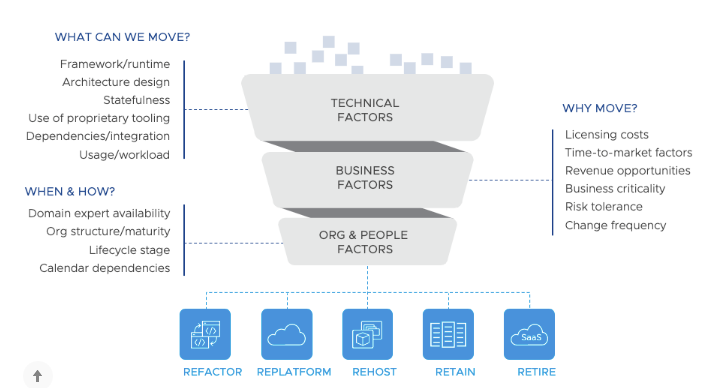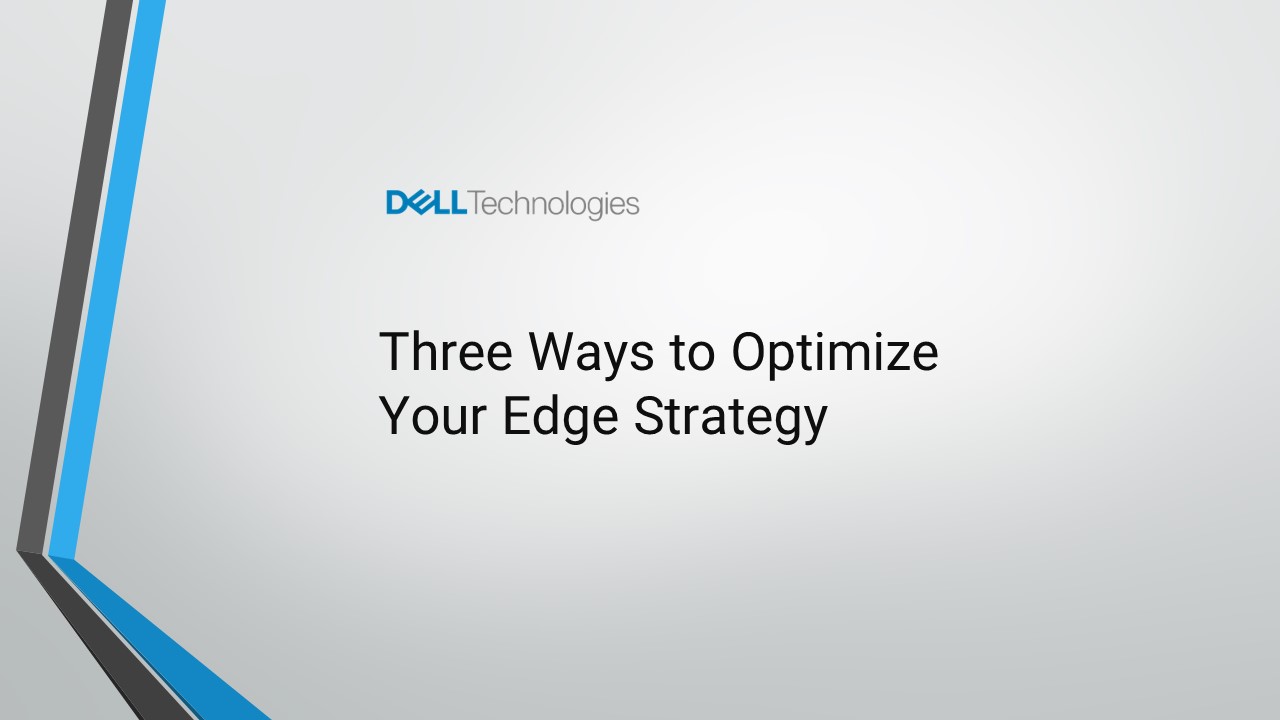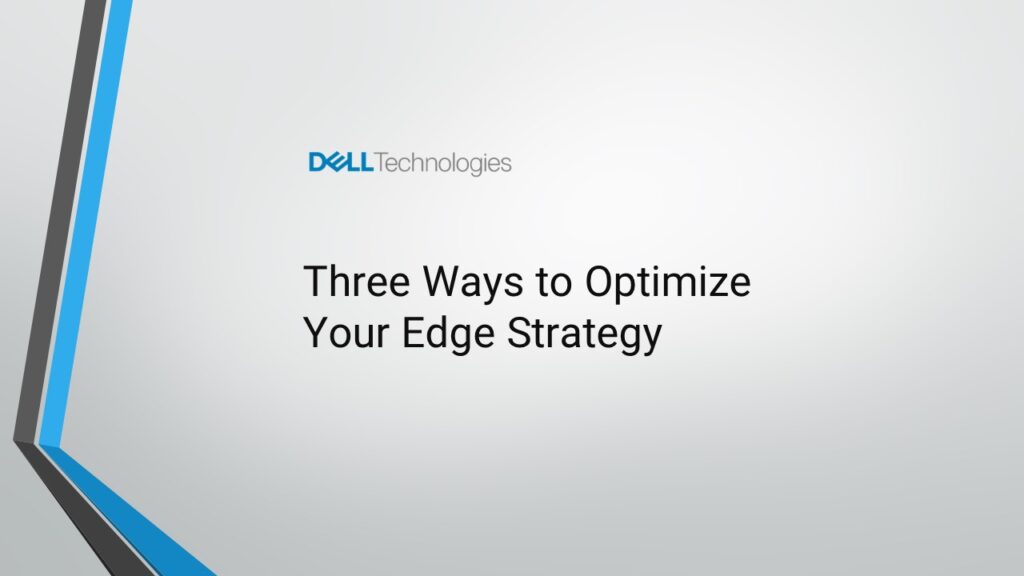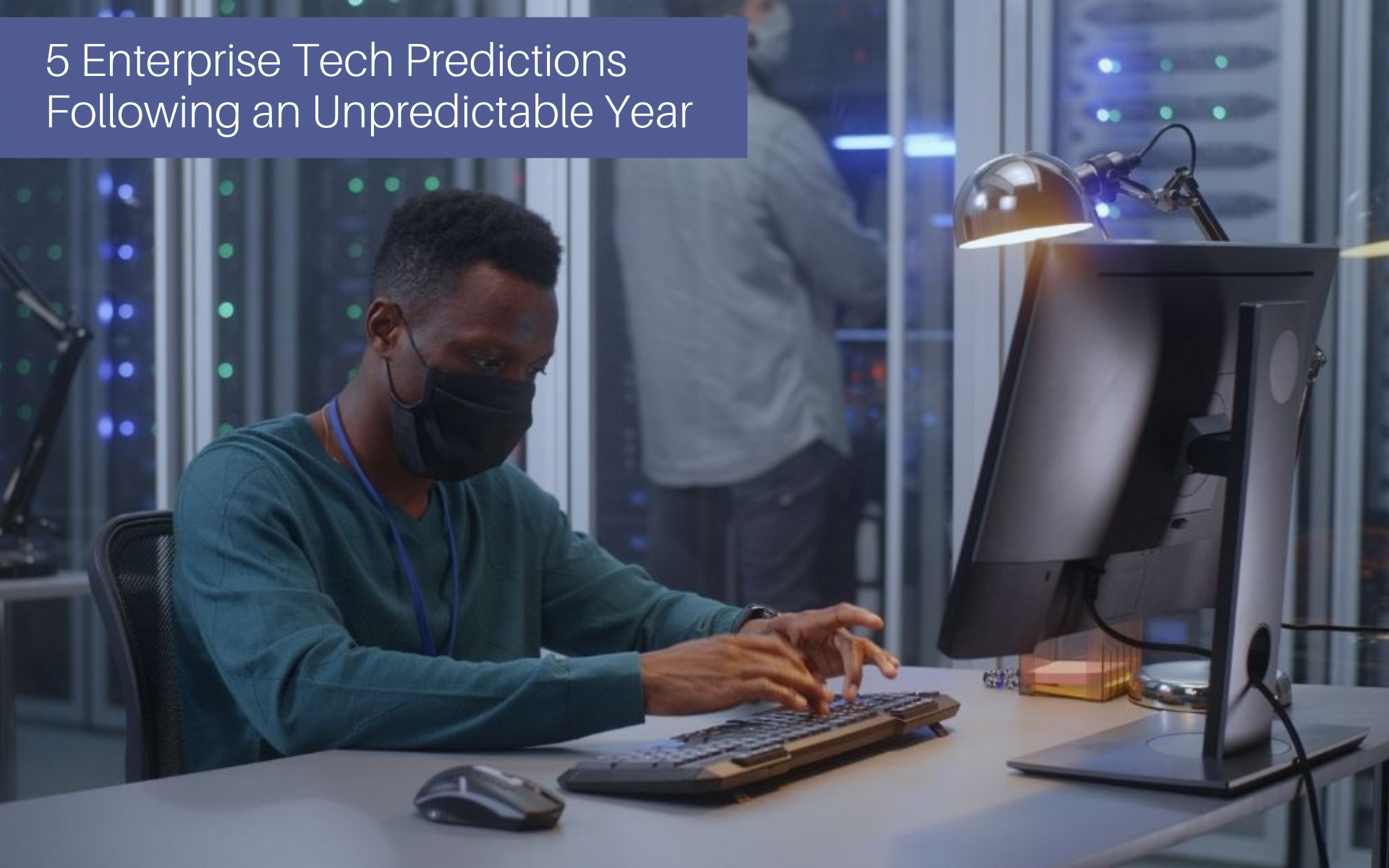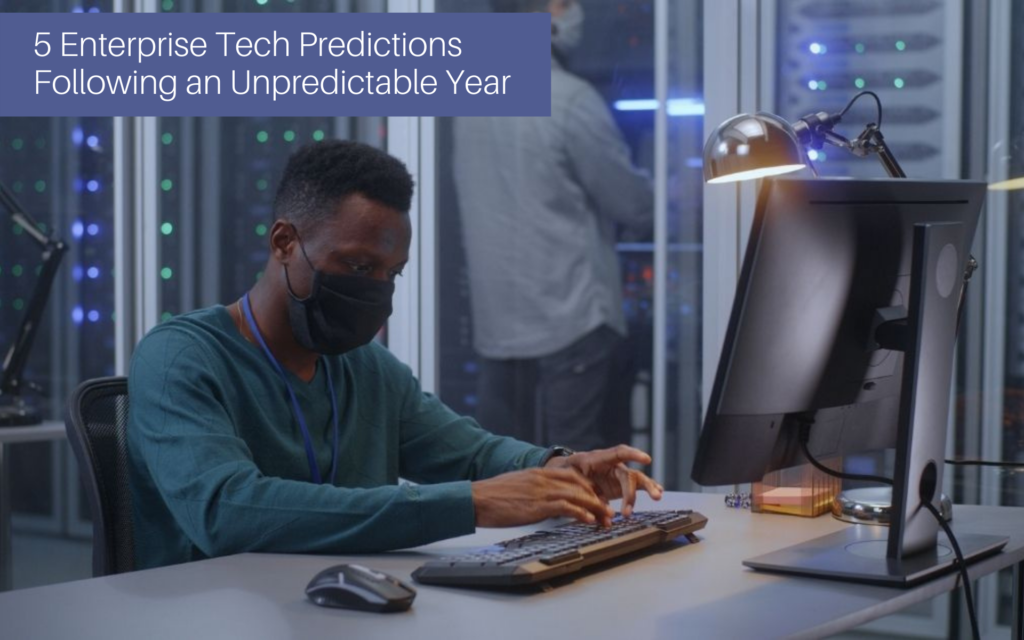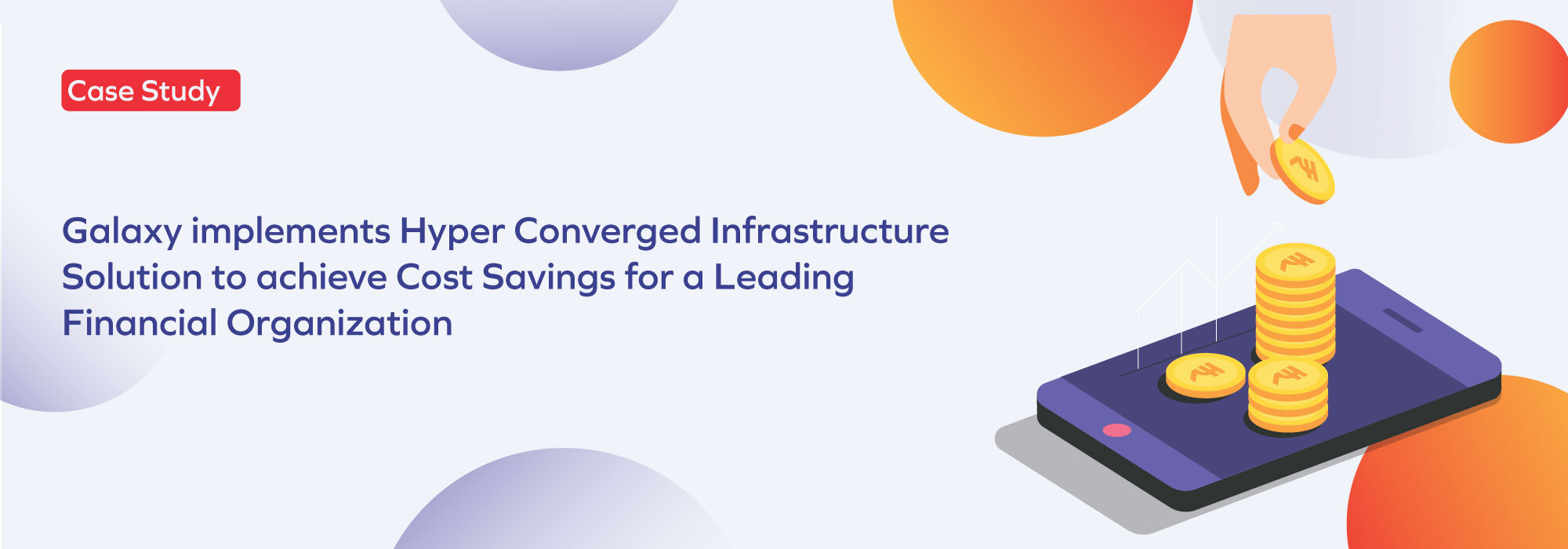
The Customer is one of world’s largest investment management companies in emerging market equities. Their offices are located in Australia, Brazil, Canada, China, Colombia, Hong Kong, India, Korea, Taiwan, the U.K., the United States and Vietnam. Headquartered in Seoul, South Korea, the firm manages approximately US$ 127 billion in assets globally through a diversified platform to offer market-leading franchises in traditional equity and fixed income products, ETFs and alternative strategies such as real estate, private equity and hedge funds. They are focused on providing equity and fixed income investment advisory services to mutual funds, foreign investment trusts, and institutions.
The Challenge
The customer had an aging inventory that needed refresh/renewals. They were running critical applications like MS Exchange & Active Directory on ageing infrastructure, and were looking for a design solution to help save on data center space, reduce number of software licenses, and lower their power/cooling costs. Thus, they were looking for a solution in line with the latest technology and priced within desired budget. However, their main concern was maximum up-time and ease of management, since they had very few IT resources.
The Solution
Galaxy team analyzed their existing infrastructure design, and suggested a hyper-converged architecture based on Dell EMC’s VxRail. This is a software-centric architecture that tightly integrates compute, storage, networking and virtualization resources as well as other technologies from scratch, supported by a single vendor. It primarily allows the integrated technologies to be managed as a single system through a common toolset.
VMware’s vSphere and vSAN virtualization solution was recommended to the customer. VMware’s Software Defined Storage [SDS] strategy is to evolve storage architectures through pervasive hypervisor, bringing the same kind of simplicity, efficiency, and cost-savings to storage systems that server virtualization has already brought to compute. Software-Defined Storage abstracts underlying storage through a virtual data plane, making a VM and thus the application, the fundamental unit of storage provisioning and management across heterogeneous storage systems.
By creating a flexible separation between applications and available resources, the hypervisor can balance all IT resources i.e. compute, memory, storage and networking, needed by an application.
VMware’s software-defined storage solutions enhance today’s data centers, by delivering:
- Per-application Storage Services: SDS applies at the VM level, allowing storage services to be tailored to precise requirements of an application, without affecting smooth functioning of neighboring applications. Administrators are in complete control of which storage services, and therefore costs, are consumed by any given application.
- Rapid changes to storage infrastructure: SDS uses a dynamic and non-disruptive model, just as in compute virtualization. IT administrators can precisely match application demand and supply at the exact time the resources are needed. Thus, there is room for flexibility in providing, allocating and re-allocating storage services on a need basis for each application.
- Heterogeneous storage support: SDS lets you leverage existing storage solutions, such as SAN and NAS, or direct attached storage on x86 industry-standard hardware. With industry standard servers that are the backbone of Hyper-Converged Infrastructure, IT organizations can design low-cost and scalable storage environments that can easily adjust to specific and ever-changing storage needs.
The Benefits
Galaxy could bring significant cost-savings for the customer, that are linked to their regular business operations: –
- The hyper-converged architecture is compact, and its server and storage systems reside in the same box. Therefore, we do not require a separate SAN storage to be installed with additional complexity of external SAN switches and cables.
- This new solution also reduces their power consumption considerably, which was one of their pain areas earlier.
- On the VMware side, because we could pack more cores onto the same physical platform, we were able to reduce the license window substantially.
All this was provided within the allotted budget the customer had set aside for the inventory renewal.

